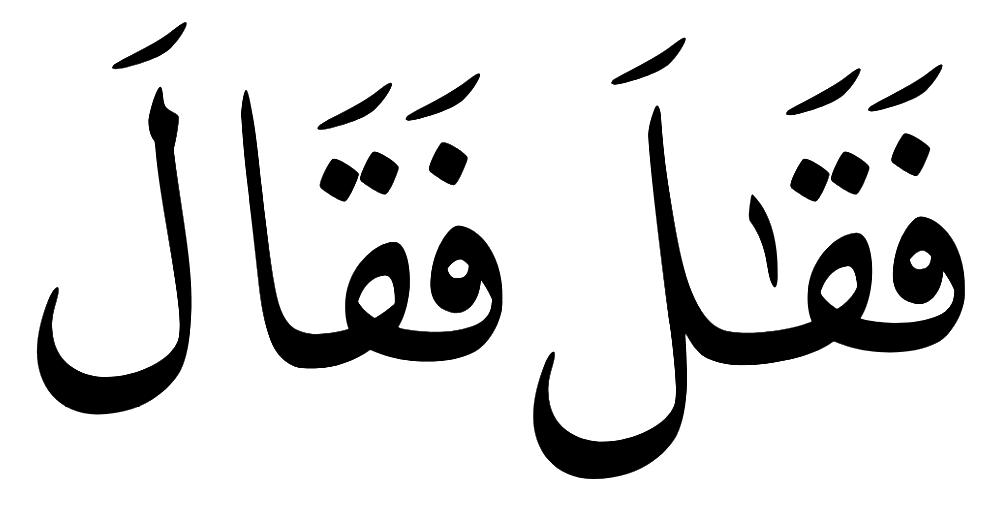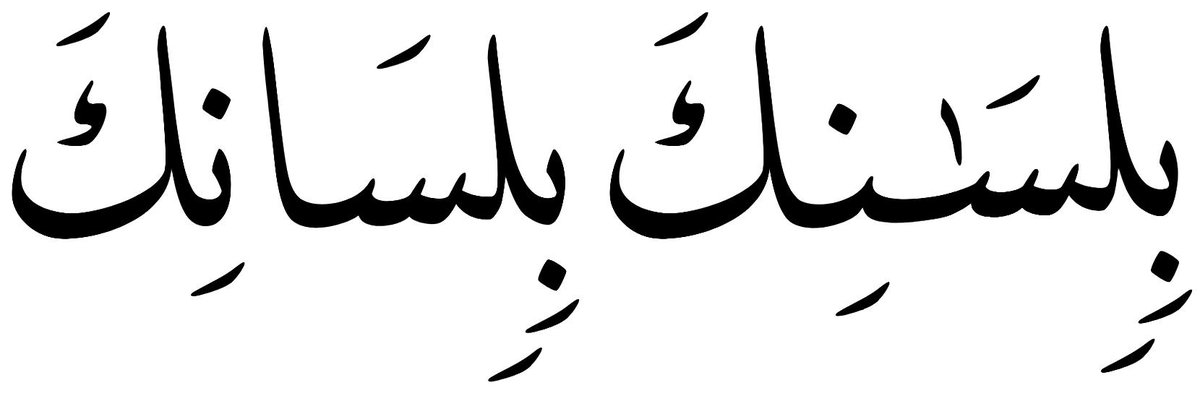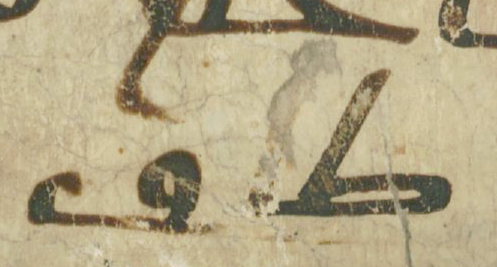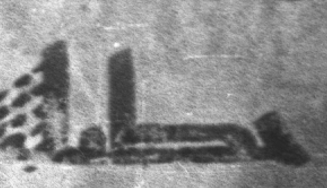fa-qāla "so he said" (quran.com/20/10/) is spelled defectively. This is common in early manuscripts, and creates some ambiguity, the reading could also be fa-qul "so say!", but that makes little sense here.


The Birmingham fragment therefore seems to stem from the non-Kufan manuscript tradition.
doi-org/10.1163/1878464X-00801001/

Šuʿbah, Ḥamzah, al-Kisāʾī read the mysterious letters Q20:1 ṭēhē; Warš and ʾAbū ʿAmr ṭāhē; The rest ṭāhā.
No effect on the meaning, but having -hu for 'his' after the genitive rather than -hi is irregular in Ḥamzah's linguistics system. Usually has -hi.
The rest reads ʾinnī which changes the meaning somewhat: "... he was called: "O Moses, I indeed am your lord"
Ḥamzah reads Q19:13 as wa-ʾannā ḫtarnā-ka : "and that we have chosen you", the rest reads wa-ʾana ḫtartu-ka "and I have chosen you".




























